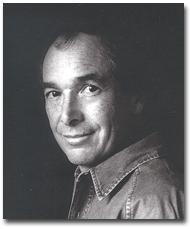Review: THE GREAT ALONE by Kristin Hannah
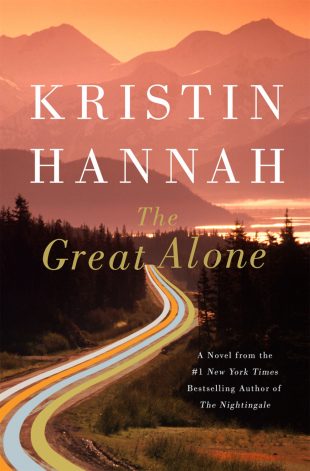 The Great Alone by Kristin Hannah
The Great Alone by Kristin Hannah 
Published by St. Martin's Press on February 6th 2018
Genres: Fiction, Historical Fiction
Pages: 440
Source: Library
Amazon
Goodreads
MY REVIEW:
I didn’t think there was any way Kristin Hannah could top The Nightingale, which left me sobbing by the end and is one of my all-time favorite reads, but if she didn’t top it, she came awfully darn close with her latest novel. The Great Alone is an absolutely exquisite piece of writing. It’s filled with realistically drawn characters, a compelling storyline that will reach out and grab all of your emotions, all in an awe-inspiring landscape. It can be a harsh and devastating story at times as it explores dark subjects such as domestic violence and the effects of PTSD, but ultimately The Great Alone paints a beautiful portrait of hope and resiliency in the face of seemingly impossible odds.
Set in the 1970s, The Great Alone follows Ernt Allbright, his wife Cora, and their 13-year-old daughter Leni as they set out to relocate from Seattle, Washington to a remote part of Alaska. Ernt was a POW in the Vietnam War who has struggled with day-to-day life ever since he returned home. His behavior is erratic and volatile at times and he is often plagued by nightmares (flashbacks from his captivity) and bouts of paranoia. Ernt has also been struggling to find and keep a job so he and his family just keep moving from place to place, hoping their luck will change. When one of Ernt’s fallen comrades leaves him some property in Alaska, Ernt is convinced this is a sign and convinces his family that a move to Alaska is exactly what they need. Leni and Cora are hesitant, but what we learn right away is that Cora would follow her husband to the end of the world and back if he asked. It’s just the nature of their relationship.
When they arrive in remote Kaneq, Alaska, the local residents reach out immediately and let them know that no matter how prepared they think they are to survive in Alaska, they’re dead wrong and have a lot of work to do. Thankfully, the sense of community is so strong that the regulars don’t just dole out the advice and go about their own business. No, they dole out the advice and then jump in and help make that advice a reality. They get Ernt and his family about as ready for an Alaska winter as they possibly can and embrace them as new members of their pioneer community.
At first, Ernt thrives in Alaska. There’s so much to do and he loves the idea of living off the land. But then as winter approaches and he is faced with 18 hours of darkness a day, he starts to struggle again, this time turning to violence and alcohol. As much danger as they face outside, with the threat of the frigid temperatures and deadly wild animals, Cora and Leni soon realize that they’re in danger inside their home as well. It becomes more and more clear that they can’t rely on Ernt to help them survive in Alaska and that this “fresh start” could end up costing them their lives.

This is one of those books where I could go on and on about everything I loved, but I’m just going to stick with a few highlights so that I don’t write a novel about the novel. I hope it’s not too spoilery but maybe turn back now and just know I LOVED this book if you haven’t read it yet.
Sense of Community. I was just so touched by the way the community of Kaneq makes it their mission to make sure everyone who comes to their remote area has the tools they need to survive. The community is filled with strong, independent, resilient people and they treat each other like family, sharing their resources and looking out for one another. And in many cases, it’s the women of the community who are the most formidable. Large Marge, in particular, as her name suggests, is a force to be reckoned with and one of my favorite characters in the book. She is strong, fiercely independent, will put someone in their place in a minute if they deserve it, and she’s also hilarious. She might just be a secondary character, but take it from me, she is fabulous!
Mother-Daughter Bond. I thought the relationship between Cora and Leni was just beautifully written. They share such a deep bond, first from having lived together by themselves for so long while Ernt was a POW, but then they were basically on their own once Ernt succumbed to his dark nature in Alaska. Cora and Leni are so protective of each other – each would sacrifice themselves in order to save the other from Ernt’s violent side. Cora wants Leni to get away so that she knows Leni is safe, but Leni won’t leave because she knows her mother will never leave her father and therefore Leni feels that she must stay to try to protect her. In so many ways it had me screaming at the book because I wanted them both to get away before he completely lost control and killed them, but at the same time, that strong mother-daughter bond moved me to tears.
Realistically Drawn, Flawed Characters. Hannah has such a gift for creating characters that just feel so real. All of her characters, especially Ernt, Cora, and Leni, are messy and flawed, and even the secondary characters feel three dimensional. There’s just so much depth to all of their personalities. I became invested not just in Ernt’s family but in the entire Kaneq community.
The Great Alone. I want to talk about the atmospheric quality of Hannah’s writing here. Her descriptions of Alaska are so detailed and vivid that I was left awestruck, not just by the physical beauty of the Alaskan landscape but also by how deadly that beautiful landscape can be. I felt the bone-chilling cold, the darkness closing in as winter approached, and the lurking bears and wolves that could attack without warning. I truly felt like I had been transported there and like I was planning my own survival and living the pioneer life. The Great Alone is, by far, one of the most atmospheric reads I’ve ever experienced.

I can’t really say that I had any issues with this book, although the scenes of domestic violence were definitely hard to take, so be forewarned. The scenes were jarring and horrific and the portrait of a toxic relationship is frighteningly realistic. It’s a testament to how vivid and powerful Hannah’s writing is, but man, is it disturbing!

It’s a brutal read at times, but The Great Alone is still one of the most beautiful books I’ve read so far this year. It both captivated and horrified me, gutted me yet filled me with hope, and it kept me reading until the wee hours of the night because I just had to know the fate of Ernt and his family.

GOODREADS SYNOPSIS:
Alaska, 1974. Unpredictable. Unforgiving. Untamed. For a family in crisis, the ultimate test of survival.
Ernt Allbright, a former POW, comes home from the Vietnam war a changed and volatile man. When he loses yet another job, he makes an impulsive decision: he will move his family north, to Alaska, where they will live off the grid in America’s last true frontier.
Thirteen-year-old Leni, a girl coming of age in a tumultuous time, caught in the riptide of her parents’ passionate, stormy relationship, dares to hope that a new land will lead to a better future for her family. She is desperate for a place to belong. Her mother, Cora, will do anything and go anywhere for the man she loves, even if it means following him into the unknown.
At first, Alaska seems to be the answer to their prayers. In a wild, remote corner of the state, they find a fiercely independent community of strong men and even stronger women. The long, sunlit days and the generosity of the locals make up for the Allbrights’ lack of preparation and dwindling resources.
But as winter approaches and darkness descends on Alaska, Ernt’s fragile mental state deteriorates and the family begins to fracture. Soon the perils outside pale in comparison to threats from within. In their small cabin, covered in snow, blanketed in eighteen hours of night, Leni and her mother learn the terrible truth: they are on their own. In the wild, there is no one to save them but themselves.
In this unforgettable portrait of human frailty and resilience, Kristin Hannah reveals the indomitable character of the modern American pioneer and the spirit of a vanishing Alaska―a place of incomparable beauty and danger. The Great Alone is a daring, beautiful, stay-up-all-night story about love and loss, the fight for survival, and the wildness that lives in both man and nature.


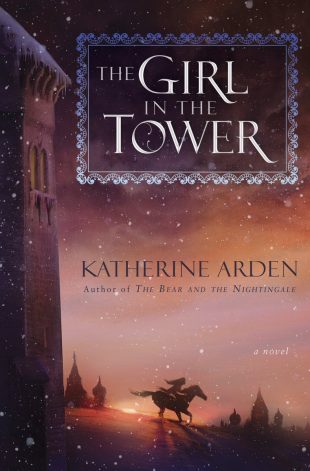 The Girl in the Tower by
The Girl in the Tower by 
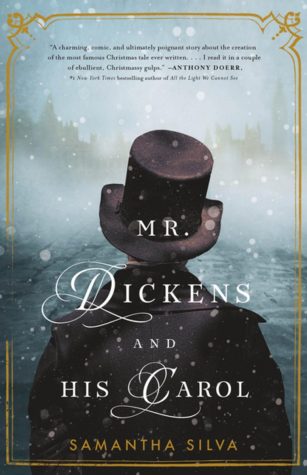 Mr. Dickens and His Carol: A Novel of Christmas Past by
Mr. Dickens and His Carol: A Novel of Christmas Past by 


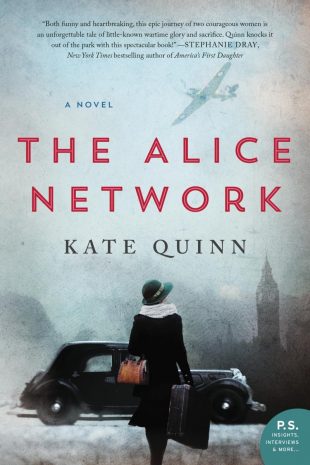 The Alice Network by
The Alice Network by 
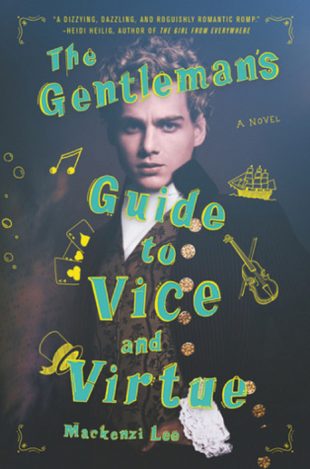 The Gentleman's Guide to Vice and Virtue by
The Gentleman's Guide to Vice and Virtue by 
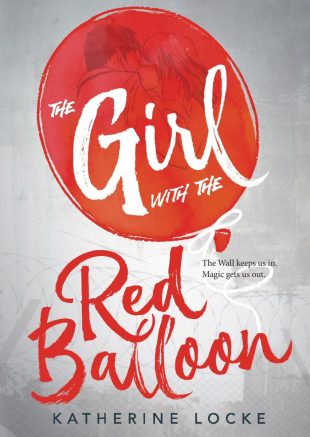 The Girl with the Red Balloon by
The Girl with the Red Balloon by 
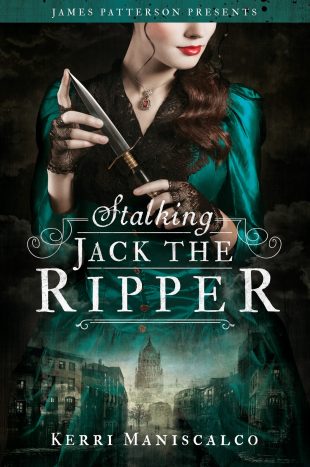 Stalking Jack the Ripper (Stalking Jack the Ripper, #1) by
Stalking Jack the Ripper (Stalking Jack the Ripper, #1) by 

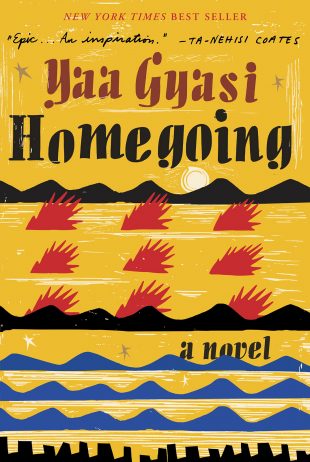 Homegoing by
Homegoing by 
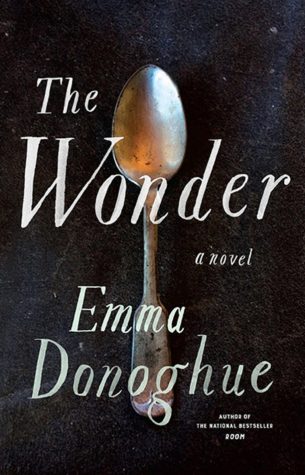 The Wonder by
The Wonder by 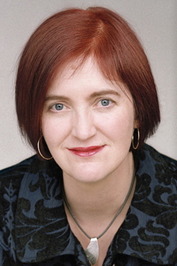
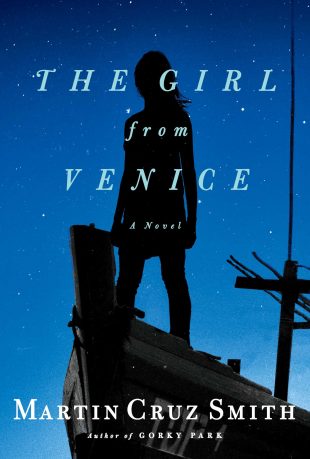 The Girl from Venice by
The Girl from Venice by 